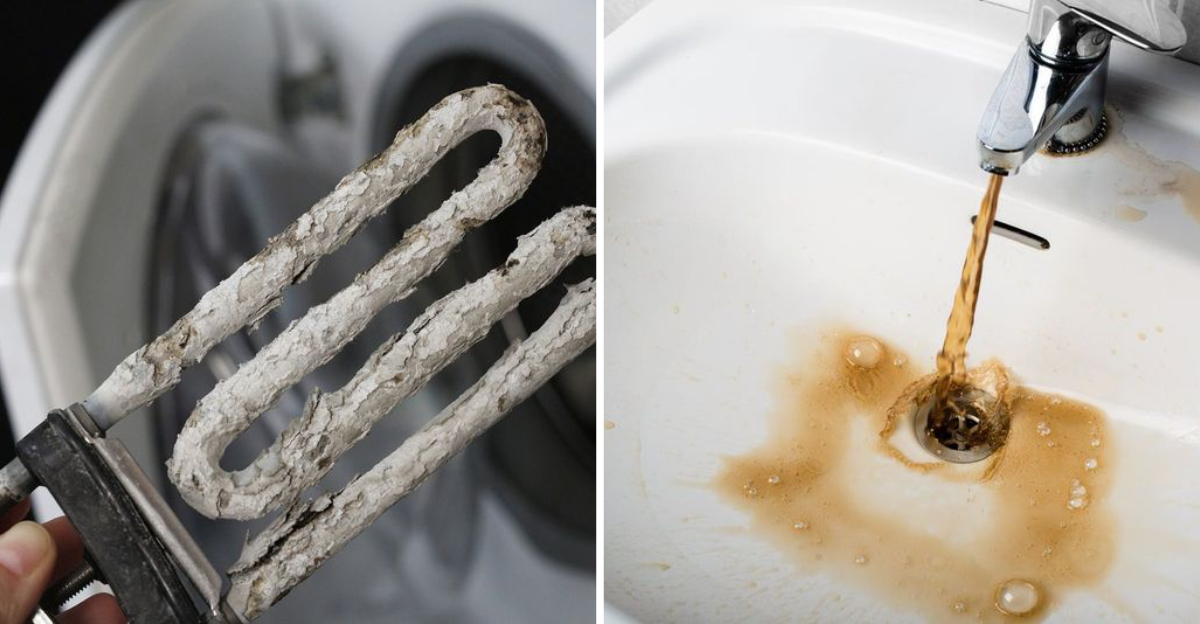Why Your Water Heater Needs Flushing (And What Happens If You Skip It)

Hot water feels effortless, but the system behind it works nonstop in the background. As minerals accumulate, sediment settles in the tank and slowly weakens performance.
Most homes rely on steady heat for daily routines, and a quick flush keeps everything running the way it should. Clean tanks last longer, work better, and help prevent those costly, inconvenient surprises.
Sediment Buildup Slows Everything Down
Minerals like calcium and magnesium settle at the bottom of your tank over time, forming a thick layer of sediment. This layer acts like a blanket between the heating element and the water, making it harder to heat efficiently.
The heater has to work longer and harder to reach the right temperature. Flushing removes this buildup, helping your system heat water faster and more consistently.
Energy Bills Creep Higher Without You Noticing
When sediment insulates the heating element, your water heater uses more energy to do its job. That extra effort shows up on your monthly utility bill, sometimes gradually enough that homeowners don’t connect the dots.
Flushing the tank annually can restore efficiency and lower energy consumption. Over time, those savings add up, making the maintenance well worth the effort.
Strange Noises Start Coming From The Tank
Popping, rumbling, or banging sounds coming from your water heater usually mean sediment has hardened at the bottom. As water heats, it gets trapped under the sediment and creates those unsettling noises.
While the sounds might seem harmless, they signal stress on the tank. Regular flushing eliminates sediment and restores quiet, smooth operation, giving peace of mind along with hot water.
The Heater’s Lifespan Gets Cut Short
Corrosion accelerates when sediment sits in the tank year after year, eating away at the metal and weakening the structure. This damage can lead to leaks or complete failure much sooner than expected.
Most water heaters should last ten to fifteen years with proper care. Skipping flushes could shave years off that lifespan, forcing an expensive replacement earlier than necessary.
Repairs Become More Frequent And Costly
Sediment doesn’t just reduce efficiency – it can damage heating elements, valves, and other components inside the tank. These parts wear out faster when surrounded by debris, leading to breakdowns that require professional help.
Repair bills add up quickly, especially if multiple parts fail. Routine flushing prevents many of these issues, keeping the heater reliable and reducing the need for emergency service calls.
Water Quality Takes A Turn For The Worse
Sediment and rust particles can cloud your hot water, giving it an unpleasant color or metallic smell. Nobody wants to wash dishes or take a shower in water that looks or smells off.
Flushing clears out these impurities, ensuring cleaner and fresher hot water throughout the home. It’s a simple step that makes a noticeable difference in everyday comfort and hygiene.
Hard Water Areas Need Extra Attention
Homes with hard water face faster sediment accumulation because of higher mineral content. In these areas, flushing every six months instead of annually can prevent rapid buildup and keep the heater running smoothly.
Testing water hardness helps determine the right flushing schedule. A little extra maintenance goes a long way in protecting the investment and ensuring consistent hot water year-round.






